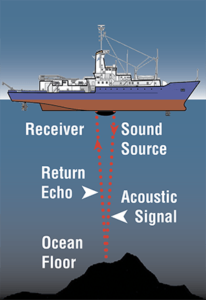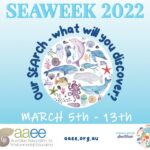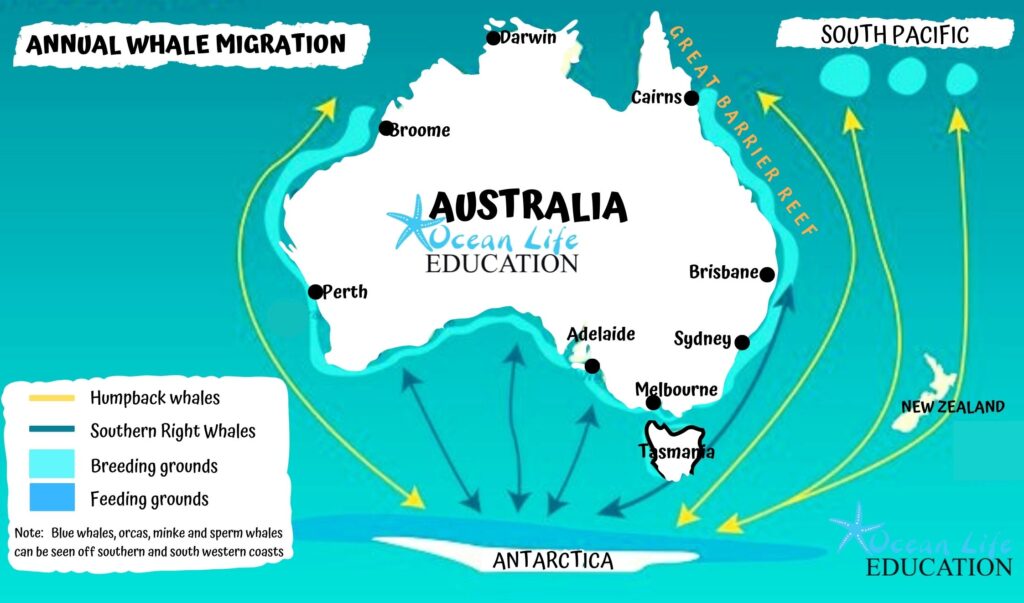
This Month:
Celebrating Queensland’s Humpback Migration, FREE migration calendar, How whale poo fights climate change, Humpback fast facts, Teaching Human Impact, Out & About this month, Ocean Creature Feature.
Woohoo!!!! The Humpbacks are Back
It’s that exciting time of year when humpback whales migrate up and down the Queensland coastline from the Antarctic to mate and give birth in warmer waters. The arrival of the whales is celebrated throughout East Coast Australia and we reckon it’s the greatest show on earth! Why not head down to the coast and join in the celebration?
Read our BLOG to find out when and where to see the Annual Humpback Migration on East Coast Australia and learn a whole lot more about it.
Click below for our downloadable FREE Humpback Migration Calendar (see foot of email)
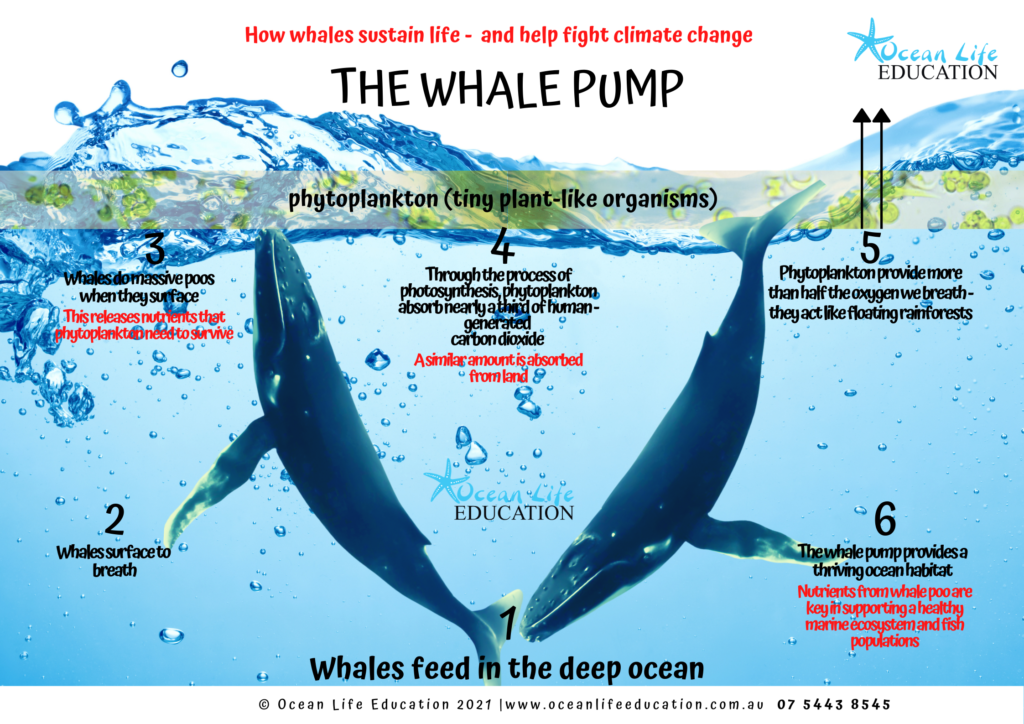
How Whale Poo Fights Climate Change – The Whale Pump
As whales surface from deep dives to breathe and poo, they circulate huge amounts of nutrients from the sea floor. This process is called the “Whale Pump”.
The whale poo acts as an excellent fertiliser for ocean plants called phytoplankton. Phytoplankton is at the bottom of the food chain and is a very important primary producer (food source) for the marine ecosystem. It also removes millions of tonnes of carbon from the atmosphere and produces huge amounts of oxygen.
These tiny organisms (phytoplankton) absorb one-third of the carbon dioxide humans breathe out. They also produce half of the planet’s oxygen. So, as you can see, keeping this process working and our oceans healthy is crucial to our survival!
During long migrations, such as the one currently taking place off the East Coast of Australia, whales travel from nutrient-rich areas to nutrient-poor areas. This journey transports essential nutrients across the ocean in a process known as the “Great Whale Conveyor Belt”. So, whale migration has a big impact on the health of our oceans too.
Over 20,000 humpback whales are traveling up our coast right now! This is an amazing opportunity to teach students curriculum topics using an iconic, local theme. What better way to bring learning to life than to host an Ocean Life Education incursion at your school, then take a trip out to watch the amazing spectacle happening firsthand here in Queensland?
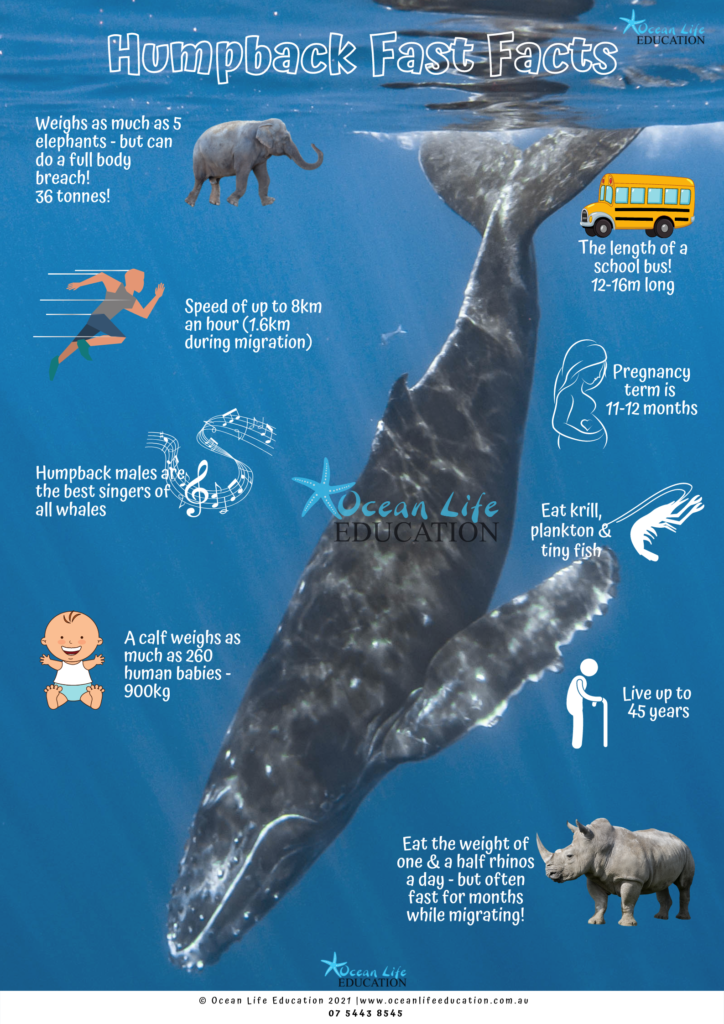
Humpbacks Course & Resources
Want to learn more about Australia’s iconic humpback whales?Check out our online course and teaching resources. – Both contain awesome videos, infographics, maps, fast facts, quizzes, and more!
Our Programs: Teaching Human Impact
Our Human Impact program ‘The Earth Under Threat’ aims to educate and inspire children to want to learn more and protect our oceans.
Students:
- Learn what humans do can harm the marine environment
- Identify how changes to the marine environment; like weather patterns, land clearing, over-fishing, and pollution, affect it, its creatures, and us
- Realise individuals can make a difference in caring for the marine environment and the need for all humans to accept personal responsibility for protecting it
To find out more, click HERE
Key dates coming up:
September 2022
4th – National Wildlife Day
7th – Threatened Species Day
18th – World Clean Up Day
17th – Int. Coastal Cleanup Day
17th – World Manta Day
18th – Sea Otter Awareness Week
24th – Fish Amnesty Day
Support a whale charity:
Whale & Dolphin Conservation
Marine Conservation
Sea Shepherd
Humpbacks & Highrises



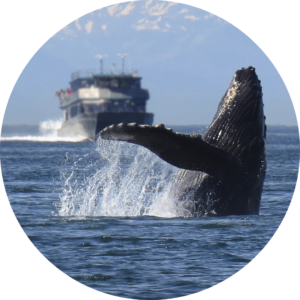
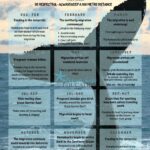
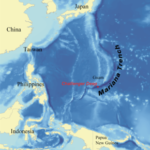 Experts believe that more than 80 percent of the ocean floor is unexplored and has never been mapped. It’s crazy to think that a far larger percentage of the moon and the planet Mars has been mapped than the ocean on the planet where we live!
Experts believe that more than 80 percent of the ocean floor is unexplored and has never been mapped. It’s crazy to think that a far larger percentage of the moon and the planet Mars has been mapped than the ocean on the planet where we live!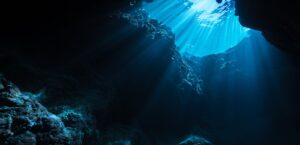 Nowadays, we talk about the earth’s ‘one’ ocean as each named ocean (such as the Pacific Ocean) within it is connected to at least two other oceans, creating one whole ocean.
Nowadays, we talk about the earth’s ‘one’ ocean as each named ocean (such as the Pacific Ocean) within it is connected to at least two other oceans, creating one whole ocean.